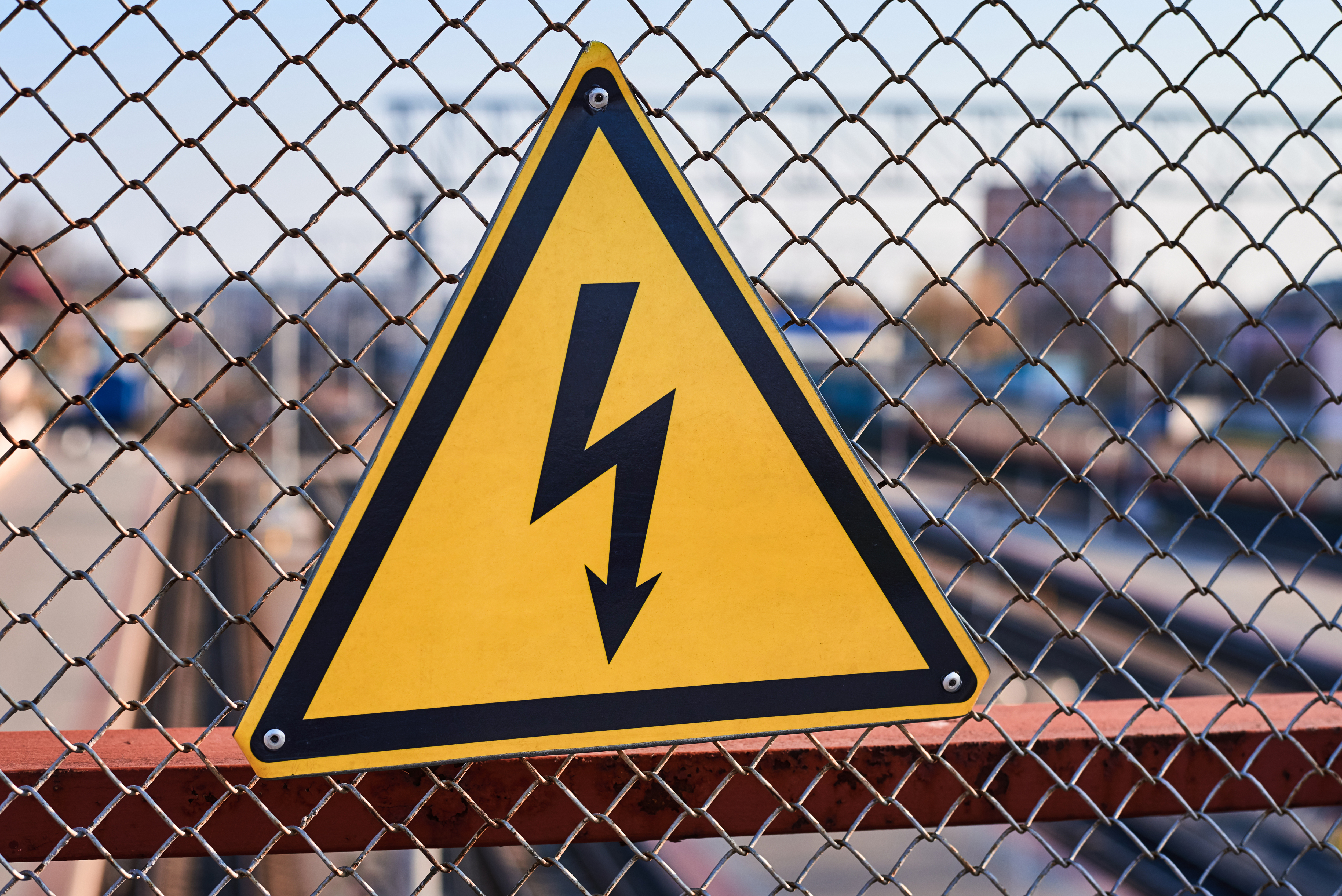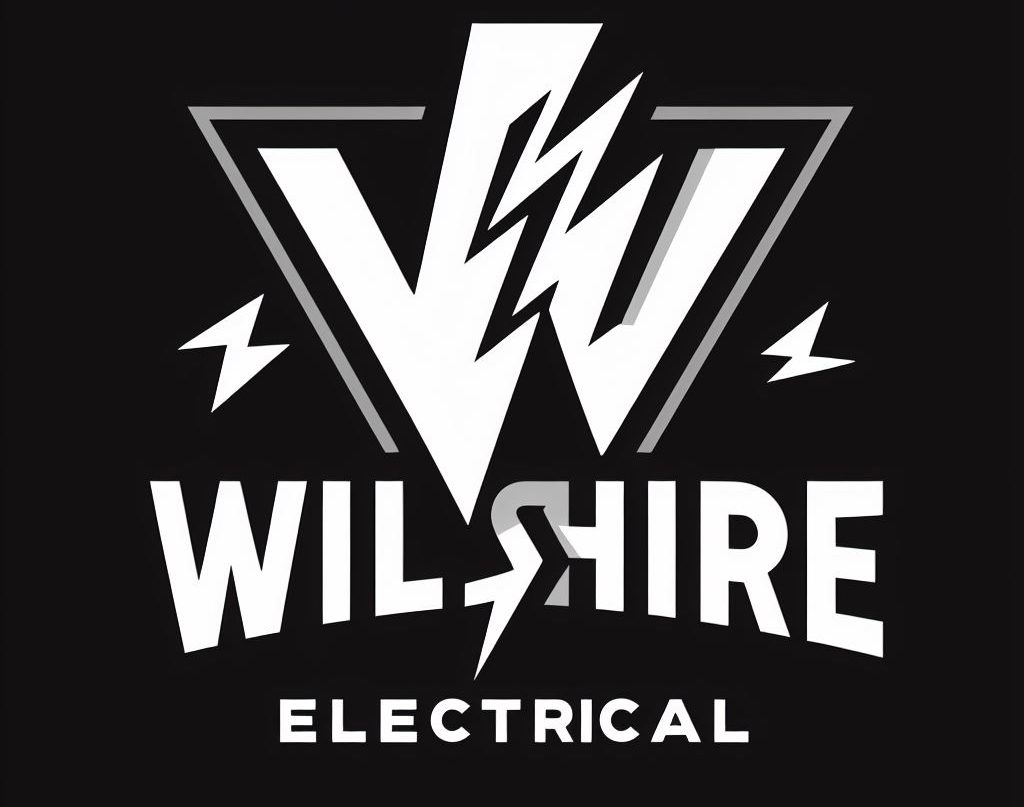
As an electrician with years of experience, I’ve seen firsthand how important electrical safety is. Did you know that faulty electrical installations can cause accidents, fires, and electric shocks? That’s why the new regulations, known as Part P, are so crucial. In this article, we’ll explore the details of Part P and how it ensures the safety of individuals and property. By understanding and following these regulations, we can create a safer electrical environment for everyone. Let’s dive in and explore the new regulations that ensure electrical safety.
The Importance of Electrical Safety in Homes and Buildings
I believe that ensuring electrical safety in homes and buildings is of utmost importance. Electrical safety regulations play a crucial role in protecting lives and property. Compliance with these regulations is essential to prevent accidents, fires, and electric shocks caused by faulty electrical installations. It is not enough to simply have electrical systems in place; they must also meet the necessary safety standards. By adhering to electrical safety regulations, we can create a safer environment for everyone. The importance of compliance cannot be overstated, as it ensures that all electrical installations are properly designed, installed, and maintained. It is our responsibility to prioritize electrical safety in order to safeguard the well-being of occupants and prevent any potential hazards.
Understanding Part P: Regulations for Electrical Installations
Understanding Part P is essential for ensuring the safety and compliance of electrical installations. Part P of the Building Regulations, introduced in 2005, covers various premises such as dwelling houses, flats, and installations in associated land or outbuildings. It is important to familiarize oneself with Part P to avoid penalties and ensure the proper functioning of electrical installations. A common misconception is that small electrical jobs do not require notification to Building Control. However, certain high-risk areas like kitchens and bathrooms may still require notification. To comply with Part P, there are two options: using a registered electrician under a Competent Persons scheme or submitting a Building Regulation application. It is recommended to choose electricians who are part of a Competent Person Scheme for quality assurance. Understanding the certification process and dispelling common misconceptions is crucial in achieving electrical safety and compliance.
| Understanding Part P: Regulations for Electrical Installations |
|---|
| Certification Process |
| Common Misconceptions |
| Compliance and Safety |
| Importance of Understanding Part P |
Coverage of Part P: Which Premises and Installations Are Included
To fully understand the coverage of Part P, it is important to know which premises and installations are included. Here is a breakdown of the scope of Part P:
- Premises covered:
- Dwelling houses and flats
- Premises with common supply
- Common access areas in blocks of flats
- Shared amenities in blocks of flats
- Installations in associated land or outbuildings
- Installations covered:
- Fixed lighting and pond pumps in gardens
- Sheds, detached garages, and greenhouses
Understanding the scope of Part P is crucial for ensuring compliance and electrical safety in these premises and installations. Compliance is necessary to avoid penalties and to ensure that electrical installations meet the required regulations. In this regard, certification schemes play a vital role in ensuring compliance by providing a framework for competent persons and registered electricians to carry out electrical work in accordance with Part P requirements.
Compliance Options for Part P: Registered Electricians and Building Regulation Applications
There are two routes available for compliance with Part P: using a registered electrician or submitting a Building Regulation application. Registered electricians who are part of a Competent Persons scheme can carry out electrical work without the need for a building regulations application. This provides assurance of quality and expertise in their work. On the other hand, if you choose to use an electrician registered with a recognized trade body like NICEIC, ECA & NAPIT, a Building Regulation application is required. These electricians may also issue a design, installation, and test certificate. It is important to note that unregistered electricians or DIY installations require demonstrating competency and arranging inspections with Building Control. Understanding the role of building regulations in ensuring electrical safety is crucial, especially when comparing Part P requirements across different countries.
| Compliance Options | Requirements |
|---|---|
| Registered Electrician | Part of a Competent Persons scheme |
| Building Regulation Application | Electrician registered with a recognized trade body (NICEIC, ECA & NAPIT) who may issue a design, installation, and test certificate |
Guidance Documents for Part P: A Valuable Resource for Electrical Work
Accessing and familiarizing myself with the guidance documents for Part P has been a valuable resource for my electrical work. Understanding Part P requirements is crucial for ensuring compliance and safety in electrical installations. The Part P guidance resources provide detailed information and instructions that help me navigate the regulations effectively. Here are three reasons why these documents are essential for electrical work:
- Clarity: The guidance documents offer clear explanations of the requirements, ensuring that I fully understand what is expected of me.
- Step-by-step instructions: The documents provide a step-by-step process for conducting electrical work, from design to installation and testing, ensuring that I follow the correct procedures.
- Compliance assurance: By referring to the guidance documents, I can ensure that my electrical work meets the necessary standards, minimizing the risk of penalties and unsafe installations.
Controlled Types of Work and Exemptions: What You Need to Know
Adding a new circuit to my dwelling requires either notification to Building Control or involvement of a registered electrician under a Part P Self-Certification Scheme. However, there are certain installations that are exempted from these notification requirements. For example, small electrical jobs like adding a socket-outlet or light switch on an existing circuit generally do not require notification to Building Control. However, it is important to note that there are exceptions for high-risk areas such as kitchens and bathrooms, where notification may be necessary. To understand the specific examples of controlled work and exemptions, it is advisable to refer to the advice leaflet available for download. By complying with these regulations and understanding the notification requirements, we can ensure the safety and proper functioning of electrical installations.
Ensuring Safety in High-Risk Areas: Kitchens and Bathrooms
I should always be cautious when working in high-risk areas like kitchens and bathrooms to ensure electrical safety. To guarantee the well-being of occupants, it is crucial to follow the electrical regulations specific to these areas. Here are three important points to keep in mind:
- Adequate grounding and GFCI protection: Kitchens and bathrooms are prone to moisture, making them high-risk areas. Ensuring proper grounding and installing Ground Fault Circuit Interrupters (GFCIs) can prevent electric shocks and potential fires.
- Proper placement of outlets and switches: Common mistakes in electrical installations in kitchens and bathrooms include placing outlets too close to sinks or not having enough outlets to prevent the use of extension cords. Proper placement of outlets and switches is essential to avoid electrical hazards.
- Use of appropriate wiring and fixtures: Using the wrong type of wiring or fixtures can lead to overheating and electrical malfunctions. It is crucial to use wiring and fixtures that are specifically designed for wet and damp environments.
The Role of Competent Persons in Part P Compliance
As a registered electrician under a Competent Persons scheme, I can ensure Part P compliance without the need for a building regulations application. The role of competent persons in Part P compliance is crucial for maintaining electrical safety in various premises. By being part of a Competent Persons scheme, electricians demonstrate their competence and knowledge in carrying out electrical work. This ensures that installations are done correctly, following the regulations and standards set by Part P. The benefits of Part P compliance are significant. It helps prevent accidents, fires, and electric shocks caused by faulty electrical installations. By adhering to Part P, we contribute to a safer environment for occupants and protect lives and property. Choosing a registered electrician under a Competent Persons scheme guarantees quality assurance and peace of mind for both electricians and clients.
DIY Installations and Unregistered Electricians: Steps to Demonstrate Competency
To ensure electrical safety, unregistered electricians must demonstrate competency by following specific steps and undergoing inspections with Building Control. Here are the steps for demonstrating competency in DIY electrical installations:
- Education and Training: Acquire the necessary knowledge and skills through courses, workshops, or apprenticeships to understand electrical principles and regulations.
- Practical Experience: Gain hands-on experience by assisting a qualified electrician or working on supervised projects to apply theoretical knowledge in real-world scenarios.
- Assessment and Certification: Pass relevant exams or assessments to obtain recognized certifications that validate your competency in electrical installations.
While DIY installations may seem cost-effective, it is important to recognize the importance of professional electricians in ensuring electrical safety. Their expertise, experience, and adherence to regulations significantly reduce the risks of accidents, fires, and electric shocks. Therefore, it is advisable to engage certified electricians for complex electrical work to safeguard lives, properties, and the overall well-being of occupants.
Penalties and Risks of Non-Compliance With Part P
There are significant penalties and risks associated with non-compliance with Part P of the Building Regulations. Failing to adhere to the regulations can result in severe consequences. Here are some of the penalties for non-compliance:
| Penalties for Non-Compliance |
|---|
| Monetary fines |
| Legal action |
| Prosecution |
| Invalidated insurance |
Non-compliance also poses risks of unsafe electrical installations. These risks include:
| Risks of Unsafe Electrical Installations |
|---|
| Electric shocks |
| Fires |
| Property damage |
| Injuries or fatalities |
To avoid these penalties and risks, it is crucial to ensure compliance with Part P. By following the regulations, we can create a safer electrical environment for everyone involved.
The Impact of Part P on Preventing Accidents, Fires, and Electric Shocks
I have witnessed the significant impact that Part P has had in preventing accidents, fires, and electric shocks. Here are three ways in which Part P has reduced electrical hazards in homes and buildings:
- Increased awareness: Part P has raised awareness about the importance of electrical safety. Homeowners and builders are now more conscious of the potential dangers and take necessary precautions to ensure compliance with regulations.
- Improved installation standards: Part P has introduced stricter guidelines for electrical installations. This has led to better quality workmanship and reduced the risk of faulty installations that could cause accidents or fires.
- Role of inspections: Inspections play a crucial role in ensuring compliance with Part P. Regular inspections help identify any non-compliant installations and provide an opportunity to rectify them before they become hazards.
Seeking Information and Guidance: How to Fully Implement Part P Requirements
Accessing the available guidance documents and familiarizing myself with them is crucial for fully implementing the Part P requirements. As someone involved in electrical work, I understand that there can be implementation challenges and common misconceptions that need to be addressed. By seeking information and guidance, I can overcome these challenges and ensure that I am following the regulations correctly. One common misconception is that small electrical jobs do not require notification to Building Control. However, it is important to note that there are exceptions for high-risk areas such as kitchens and bathrooms. Another challenge may be choosing between using a registered electrician or submitting a Building Regulation application. By referring to the guidance documents, I can gain a better understanding of the requirements and make informed decisions to ensure electrical safety for all.










